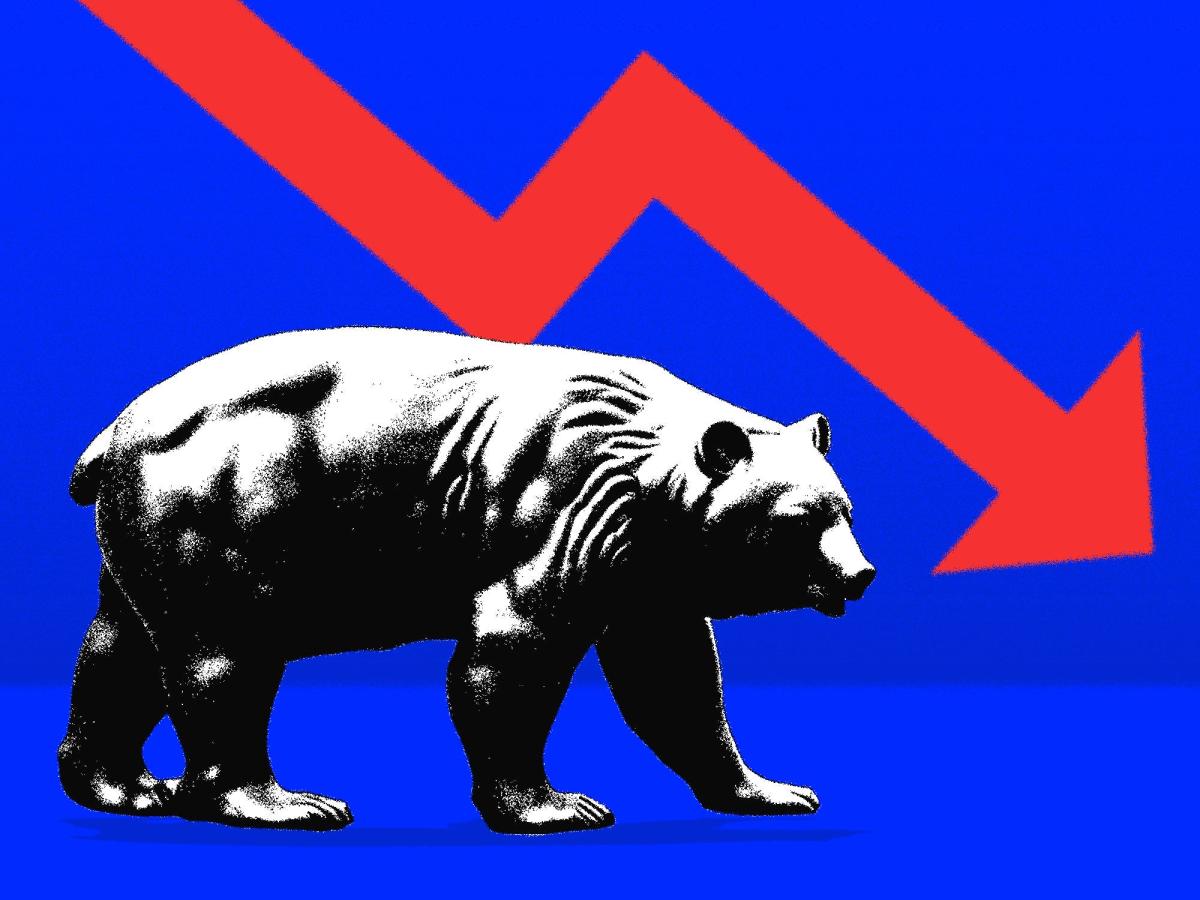

-
Stifel warns of a sharp stock market correction by the end of the year, with the S&P 500 potentially falling by 12%.
-
Barry Bannister, chief equity strategist, said high valuations and speculative investor behavior were a concern.
-
“Our instruments tell us that we should expect a correction in the S&P 500 to the very low 5,000 mark by the fourth quarter of 2024,” Bannister said.
Investors should prepare for a sharp and rapid correction in the stock market before the end of the year, according to Stifel.
In a note Thursday, Stifel’s chief equity strategist Barry Bannister warned that the S&P 500 could trade 12% lower in the fourth quarter.
“Our instruments tell us that we should expect a correction in the S&P 500 to the very low 5,000 mark by the fourth quarter of 2024,” Bannister said.
According to Bannister, there are a number of factors that give him cause for concern, including the idea that investors are exhibiting the kind of behavior seen during bubbles and manias.
“Just as countries that spiral out of control become almost impossible to invest in, investors caught in the grip of a speculative fever become almost impossible to analyze,” Bannister said.
On the one hand, Bannister is concerned about current stock market valuations, which are approaching a “nearly three-generation high” based on the S&P 500’s price-earnings multiple of around 24x.
Moreover, the marked outperformance of large-cap growth stocks relative to value stocks is approaching the same peak seen in February 2000 and August 2020, which served as a warning of an impending bear market.
On the jobs front, while Bannister admits that increased labor supply through increased immigration has supported economic growth, with U.S. GDP growing at a pace above pre-pandemic trend levels, overall labor demand has been fading.
“The decline in labour demand is now a symbol of recession risk,” Bannister said.
Bannister noted that the six-month nonfarm payrolls diffusion index just crossed below a “recession-triggering level.”


The diffusion index helps measure the breadth of job gains or losses across all economic industries.
Turning to the November election, Bannister said the typical “pre-election boost” for the economy will likely fade toward the end of the year, as election promises from both parties retreat and reality sets in: It’s difficult to pass meaningful legislation in what could be a divided government.
“The pre-election boost to the economy may wane by year-end, causing forward-looking stocks to fall roughly four months in advance, and that’s 4Q24E,” Bannister said.
Finally, Bannister said many investors are failing to appreciate the risks of a bubble in technology stocks, similar to what happened during the dot-com rush nearly 25 years ago.
“It takes a generation to forget the dangers of a bubble, and it’s Groundhog Day versus the 1990s tech bubble; in reality, ‘new technology’ isn’t even ‘new’ and the current low equity risk premium looks to us to ensure a weak S&P 500 compound annual real total return over the next 10 years of around 3% real and 6% nominal,” Bannister said.
Read the original article on Business Insider
